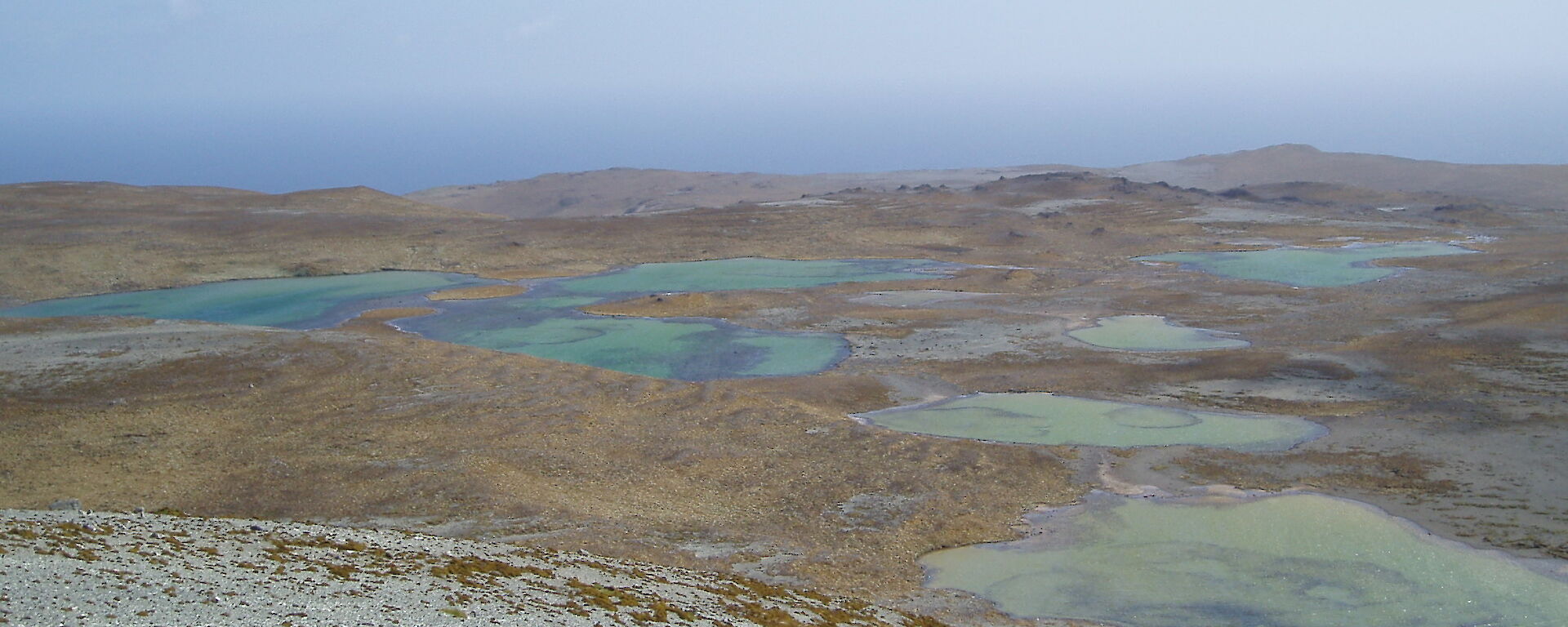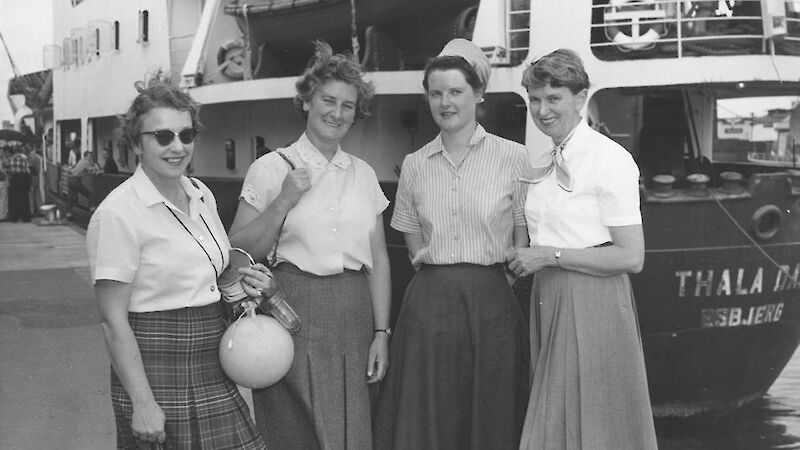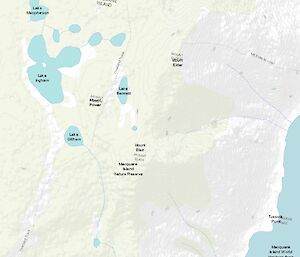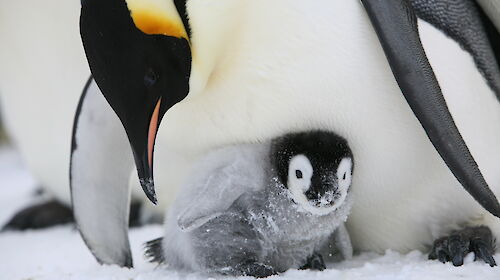Several lakes on sub-Antarctic Macquarie Island have been named after the first four female scientists to travel south with the Australian Antarctic Program.
Hope Macpherson, Susan Ingham, Isobel Bennett and Mary Gillham went to the World Heritage listed island 60 years ago to undertake field-based research on the unique flora and fauna.
Chief Scientist of the Australian Antarctic Division, Dr Gwen Fenton, said the hard work and dedication of these researchers has paved the way for female scientists who have followed.
“Each of these scientists’ work has had lasting impact, increasing and deepening our understanding of sub-Antarctic ecosystems,” Dr Fenton said.
Dr Bennett’s pioneering research on tidal zone species on Macquarie Island provided an early understanding of the island’s coastal ecosystems.
Ms Macpherson’s work on marine invertebrates laid the foundations for her later ground-breaking work on molluscs in southern Australia.
Dr Gillham’s studies analysed the effects of seabirds on the island’s vegetation, while Ms Ingham’s scientific papers on southern elephant seals provided some of the earliest studies of their colonies on the island.
“Naming the lakes after these trail-blazing women will hopefully inspire other young women who might be interested in pursuing a career in science,” Dr Fenton said.
The lakes are located on the northern end of the Macquarie Island, which is approximately halfway between Hobart and Antarctica in the Southern Ocean.
The names were recommended by the Australian Antarctic Place Names Committee to the Nomenclature Board of Tasmania to formally recognise these women’s scientific contribution.





